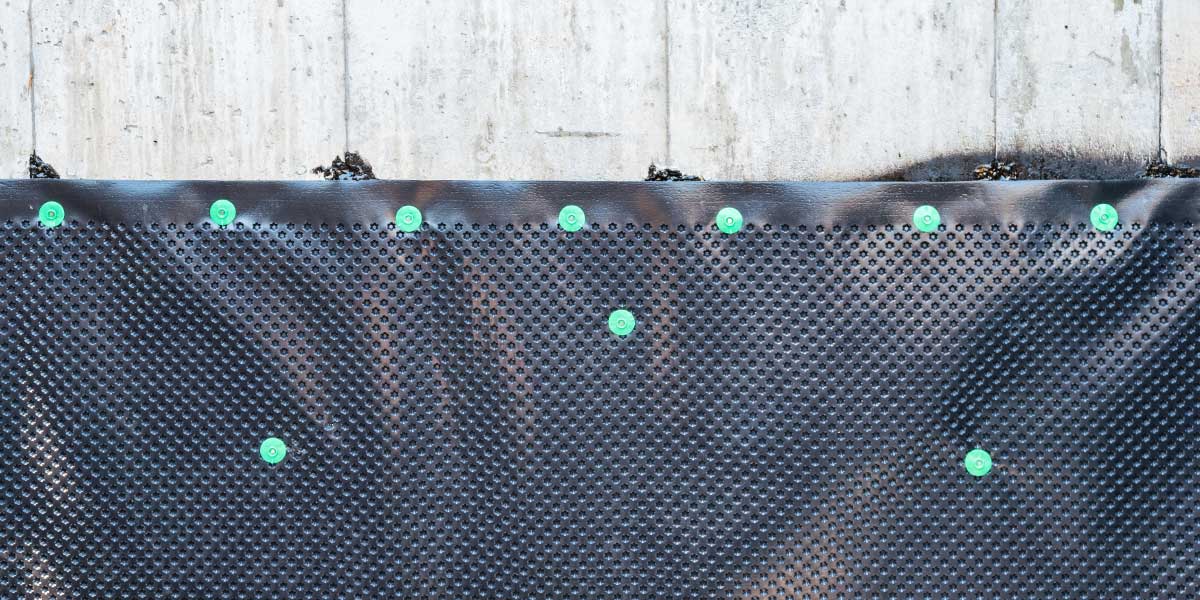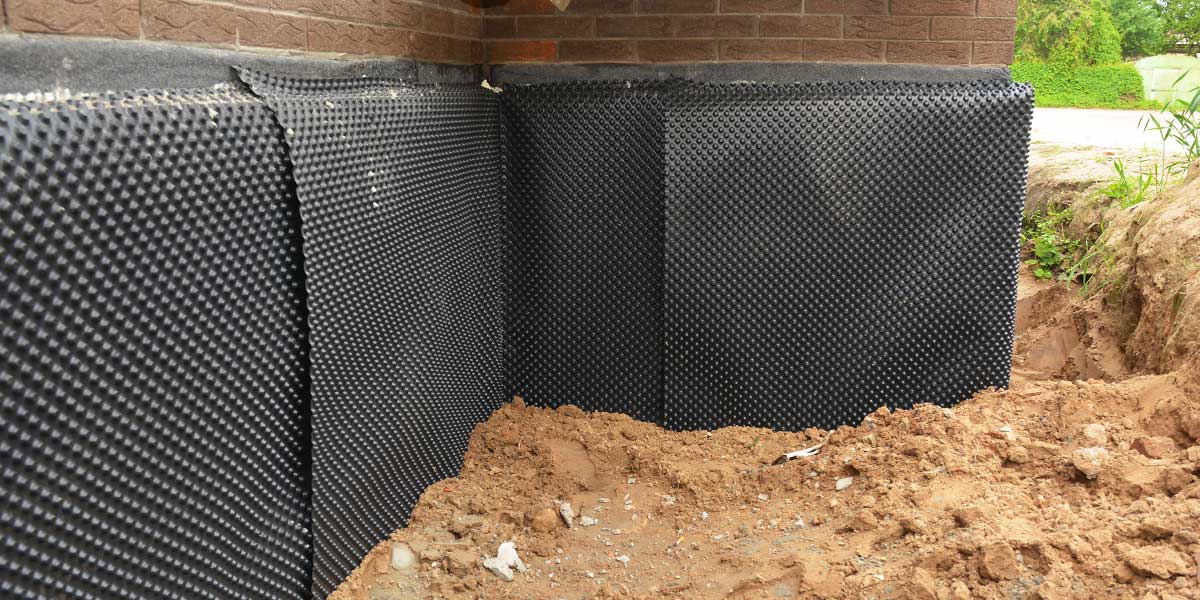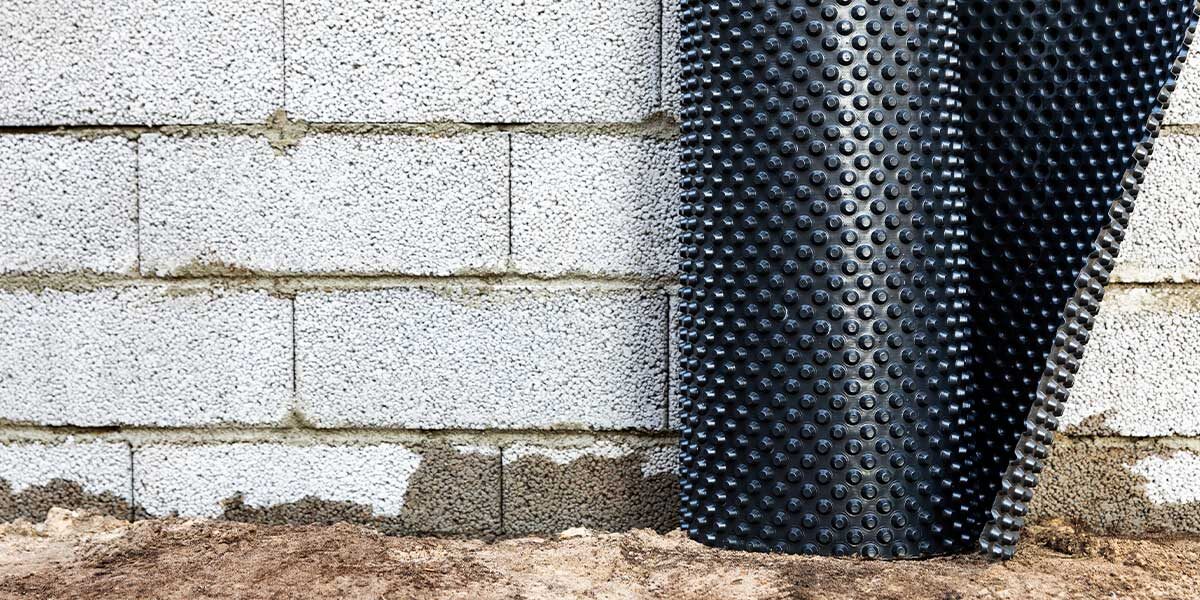Water is vital for us and from the smallest living organism to the largest living being, it is water that sustains all biological life and all human activities. Covering 70% of our world, water also constitutes an important part of our body. While water has such an important place in human life, its excess sometimes creates big problems for structures and plants. For this reason, drainage systems have been found as a solution for water excess.
Geodrainage as A Drainage System
Geodrainage systems are underground productions in order to remove the water that may occur around the building on flat or sloping lands or at the points where the soil conditions are bad and the water does not absorb the soil from this area. It is easier to solve drainage problems on sloping terrain. It can usually be resolved naturally. However, this is not the case for flat lands. If the soil structure cannot absorb water at the desired level in flat lands, it is generally not possible to remove water from the area by natural means. In this case, the need for geodrainage installation arises.
The Importance of Drainage Systems

Excess water causes serious problems both for the buildings and for the plants that will grow in the area. While undrained water in buildings often causes insulation problems, it causes root rot and even plant death. Therefore, this problem should be solved with the drainage project to be drawn and good planning. Generally, unplanned and land-based drainage solutions do not give us the desired results.
Geodrainage Application
In cases where water cannot be removed from the area by natural methods, the soil should be excavated at least 40 cm deep and 40 cm wide in line with the project. At the edges of the building, at least 40 cm below the foundation level and drainage lines should be created. It is necessary to lay a layer of river gravel or gravel with a height of at least 10 cm in the channels dug and opened in line with the project. Pipes should be laid on this 10 cm gravel area. These pipes are usually yellow and perforated pipes. Thanks to the holes on them, they are pipes that have the potential to collect water within themselves.
Pipes should be laid with a slope of approximately 1% towards the direction we want to drain the water. In order to give this slope, the slope must be calculated and the process must be done while the soil is excavated or gravel is laid. In addition, before laying the pipes, they must be wrapped with drainage felts and tied with wire. Because if we do not wrap our pipe with this felt, weeds, tree roots and dirt will start to fill the pipe over time and cause the drainage pipe to lose its function. After the pipe laying process is completed, this pipe should be completely closed with enough gravel to cover the pipe. That is, this pipe must remain completely inside the crushed stone. Afterwards, the remaining part should be covered with soil. This soil height should be no more than 15 cm. As the soil level increases, it can be difficult for the water to go down to the gravel and drain.
Geodrainage lines are generally easy to manufacture. However, it is an element that is generally ignored in order to avoid costs. But if the area is flat, it is absolutely necessary to draw a drainage line to the area. For more realistic applications, both structurally and vegetatively, this solution is definitely one that works. For this reason, these systems must be considered during the design phase. It will save you from spending extra costs afterwards. Especially before starting the application, the most important factor that every designer should pay attention to should be the discharge of excess water. By applying an additional irrigation system after the water needs of the plants to be used in the area, you will give your plants enough water and save your buildings from intense water.
Geobera and Geodrainage Applications and Prices

Drainage price varies according to the usage area. Drainage in geotextiles is an application that works with the needling method. It is also a filter material with its combined non-woven and heat treated structure. With drainage, French drain canal, terrace garden drainages, perforated pipe coating can be made. It provides the necessary drainage in vertical applications such as tunnels and retaining walls.
If you also want to deal with the problem of excess water, by contacting Geobera, one of the leading geodrainage manufacturers at home and abroad, you may get geotextile drainage fabric.
If you want to step into the geodrainage process with an experienced team, you can fill out the form below for detailed information. As Geobera, we will get back to you as soon as possible with our experienced team!



